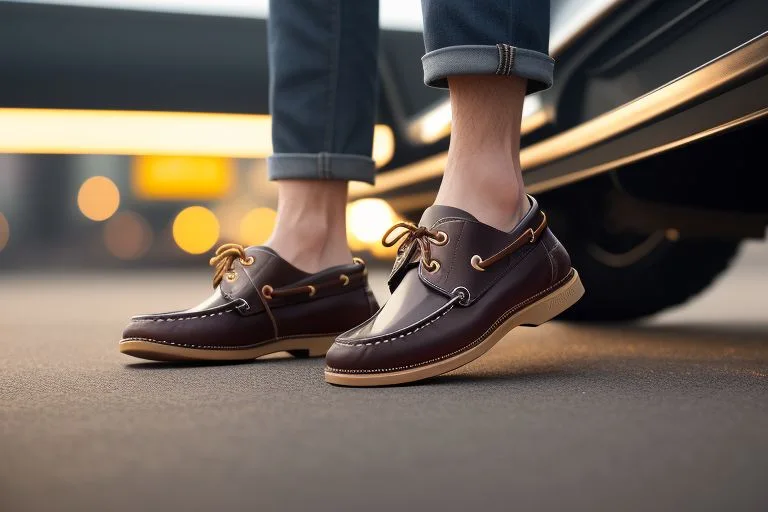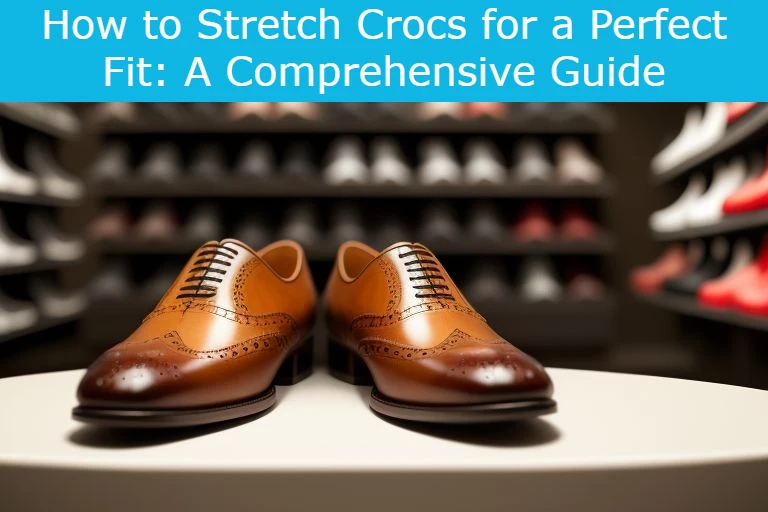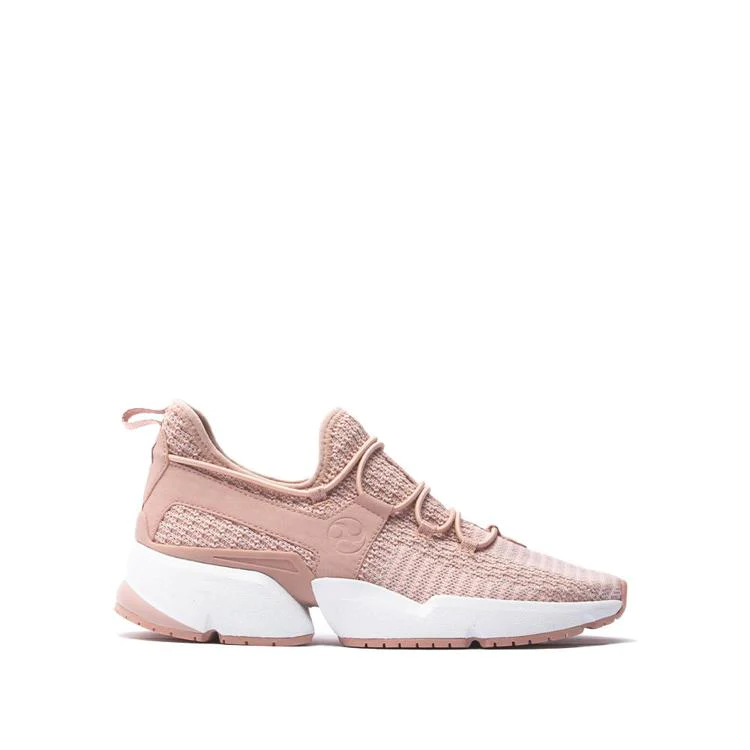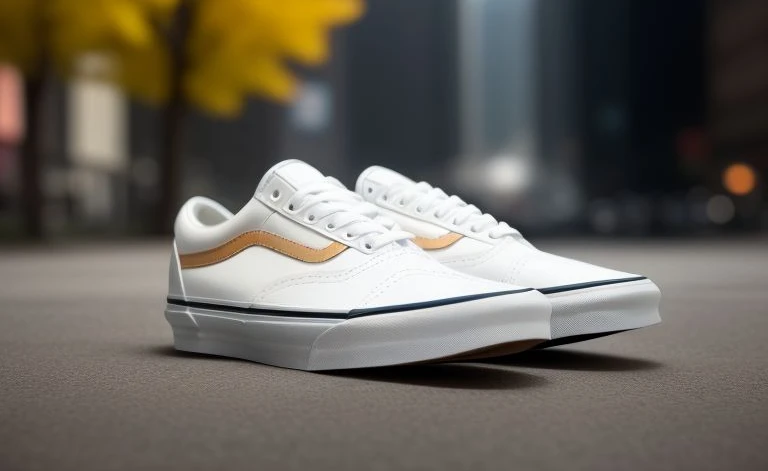Are Sperrys Slip Resistant? Let’s Find Out!
Are Sperrys Slip Resistant? – Regarding shoe choices, we often weigh our options between style and functionality. If you are a fan of boat shoes, you’re likely to be familiar with Sperry.
This footwear brand is synonymous with style, comfort, and the maritime lifestyle.
However, one question often pops up when considering this shoe brand – are Sperrys slip resistant? Let’s delve into the details and find out.
Table of Contents
Are Sperrys Slip Resistant?
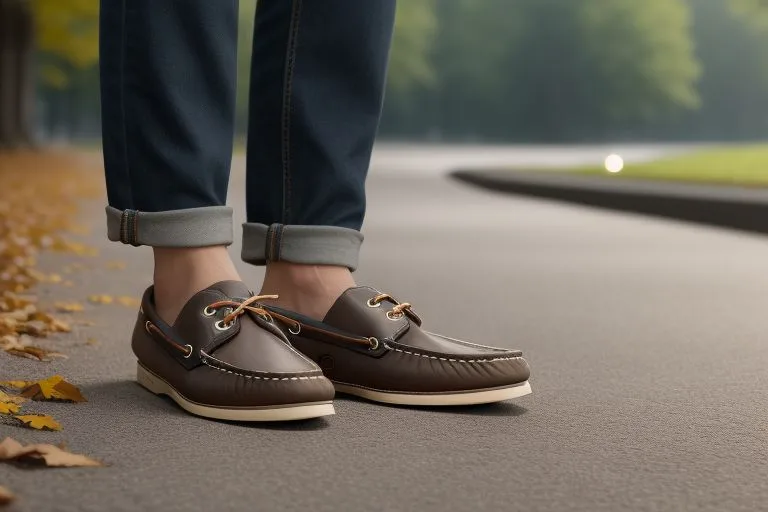
Yes, Sperrys are slip-resistant. They were originally designed with maritime safety in mind, offering sailors a firm grip on slippery boat decks.
The secret lies in their distinctive razor-cut Wave-Siping pattern on the rubber soles which provides superior traction by displacing water away from the bottom of the shoe, thereby reducing the risk of slipping. In addition, the high-grade adhesive rubber used for their soles further enhances their slip-resistant quality.
However, while they are highly effective on wet and dry surfaces, they perform best on the surfaces they were designed for, such as boat decks or other smooth, wet environments.
Understanding the Purpose of Sperry Shoes

The creation of Sperrys was driven by the need for maritime-appropriate footwear that could provide a firm grip on slick boat decks. Developed in 1935, Sperrys serve as more than just stylish boat shoes.
They were intentionally designed with a moc-toe construction, leather laces, and a white non-marking sole to avoid causing any unwanted marks or scuffs on boat decks.
The brand’s mission was to provide sailors with shoes that wouldn’t compromise their safety at sea. Hence, developing the non-slip traction feature in Sperrys is closely tied to the brand’s core purpose.
Over the years, Sperrys have evolved to serve a larger demographic, moving beyond their original nautical roots. Although they remain a favorite amongst sailors and boaters, these shoes have managed to carve a niche in casual fashion. Many are drawn to Sperrys’ perfect blend of comfort, timeless style, and practicality.
Yet, despite their transformation into a fashion staple, the core functionality of Sperrys hasn’t been compromised. They continue offering superior grip, maintaining relevance for those seeking footwear for slippery surfaces.
This blend of original purpose and modern appeal has solidified Sperry’s place in the footwear market. So, whether you’re embarking on a sailing adventure or merely looking for a stylish shoe with added functionality, Sperrys have you covered.
What Makes a Shoe Slip Resistant?
The level of slip resistance a shoe offers heavily depends on the design and material of the shoe’s outsole. Sperry shoes employ a distinctive razor-cut Wave-Siping pattern on their rubber soles to ensure superior slip resistance.
This specific design functions by efficiently displacing water away from the bottom of the shoe, subsequently enhancing traction and lowering the likelihood of slipping incidents. The mechanism is similar to how automobile tires work, with patterns in the rubber designed to disperse water and maintain contact with the road surface.
Additionally, the type of rubber used in the sole construction also plays a crucial role in determining the slip resistance of a shoe. Sperry uses high-grade, adhesive rubber for their soles, adding an extra layer of slip resistance. Combining the unique Wave-Siping design and the sticky rubber material ensures that Sperrys provide an effective grip on wet and dry surfaces.
While the slip-resistant feature is a highlight of Sperry shoes, it’s important to understand that different shoes offer varying levels of slip resistance based on their design, purpose, and the material used. Hence, a shoe designed for mountain hiking may offer a different type of slip resistance than one designed for boating or casual wear, like Sperrys.
However, it’s also worth noting that not all slip-resistant shoes are created equal. Other factors, such as the shoe’s tread pattern, the rubber’s softness or hardness, and the sole’s flatness or curvature, can influence a shoe’s slip-resistant capabilities. Therefore, when choosing a slip-resistant shoe, it’s essential to consider the specific conditions and environments in which the shoe will be worn.
In the case of Sperry shoes, they are specifically engineered with the challenges of maritime environments in mind, making them an excellent choice for anyone needing reliable grip on wet or slick surfaces.
The Wave-Siping sole design, coupled with the high-quality rubber material, ensures that Sperry shoes deliver a substantial level of slip resistance, suitable for both their intended boating use and everyday casual wear.
How to Maintain the Slip-Resistant Features of Your Sperrys
Proper care and maintenance of your Sperrys can help to preserve the effectiveness of their slip-resistant features. Over time, grime, dirt, and other residues can build up on the soles, reducing their grip and traction capabilities. By implementing a routine cleaning schedule, you can prevent this buildup and ensure your Sperrys continue to deliver optimal slip resistance.
To begin the cleaning process, prepare a mixture of warm water and a mild detergent. Next, using a stiff bristle brush, scrub the soles of the Sperrys, paying particular attention to the grooves of the Wave-Siping pattern where dirt and debris can easily become trapped.
The use of a brush with firm bristles is key as it helps to dislodge any stubborn debris, ensuring the soles are thoroughly cleaned. Afterward, rinse the soles with clean water and leave the shoes to air dry.
Regular inspections of your Sperrys are also crucial in maintaining their slip resistance. Keep an eye on the condition of the soles. If you start to notice significant wear and tear, particularly on the Wave-Siping pattern, it might be time to think about investing in a new pair. Worn out soles can drastically reduce the shoe’s grip and traction, compromising their slip-resistant qualities.
Additionally, it’s worth noting that slip resistance can also be affected by the types of surfaces you frequently walk on. Surfaces that are rough or abrasive, like gravel or concrete, can cause the soles to wear out more quickly, reducing their effectiveness.
To maintain the longevity of your Sperrys’ slip resistance, consider using them primarily on the types of surfaces for which they were designed, such as boat decks or other smooth, wet environments.
Factors That May Affect Slip-Resistance of Sperrys
Despite Sperrys being designed with slip resistance in mind, there are conditions that could impact their level of traction. For instance, surfaces contaminated with oil or grease can significantly lower the grip provided by the Wave-Siping pattern on the Sperry soles.
Such substances present a unique challenge as they can create a slick layer that water displacement designs like the Wave-Siping pattern may not effectively combat.
Another element that can influence the slip-resistant performance of Sperrys is wear and tear resulting from prolonged use. This is particularly the case if the shoes are frequently used on abrasive surfaces such as concrete or gravel. While Sperrys are durable, these types of surfaces can cause the Wave-Siping pattern to wear down faster than usual, diminishing the overall grip and traction capabilities of the shoe.
The condition of the shoes also plays a role in their slip resistance. Sperrys that have experienced substantial wear may exhibit reduced slip-resistance due to degradation of the Wave-Siping design on the soles.
Regular inspection of the soles can help identify any wear that could affect their functionality. If the Wave-Siping pattern appears worn or is fading, it may be time to consider a replacement to ensure maximum slip resistance.
Lastly, environmental conditions can have an impact as well. Extremely wet or icy conditions may test the limits of the slip resistance offered by Sperrys. While the shoes are designed to perform well on wet surfaces, extreme conditions can present a challenge even for the most well-designed slip-resistant shoes.
Sperrys vs. Other Slip-Resistant Shoes
When contrasting Sperrys with other slip-resistant footwear, it’s critical to understand that Sperrys are designed with maritime conditions in mind. They strike a balance between fashion, comfort, and functionality.
While other slip-resistant footwear may have been designed to cater to specific work conditions such as those in a restaurant, where oils and greases are prevalent, Sperrys were primarily intended for boat decks.
Sperry shoes emphasize both aesthetic appeal and functional features. They seamlessly incorporate the patented Wave-Siping design into a stylish shoe that not only serves the functional purpose of preventing slips on wet surfaces but also fits seamlessly into casual, everyday wear.
In contrast, many other brands focusing on slip-resistance might prioritize function over style. The designs of these shoes may lean heavily towards resisting slips in a variety of challenging work environments, including resisting both water and oil-based substances. Consequently, these shoes may lack the versatility and style appeal that Sperrys offer.
While comparing Sperrys with other slip-resistant shoes, it’s also necessary to consider the specific environments and conditions in which the shoes will be worn.
A shoe designed to handle oil or grease in a restaurant setting might not provide the same level of slip resistance on a boat deck or other maritime surfaces.
Conversely, while Sperrys perform well on wet boat decks and similar surfaces, they may not offer the same level of slip resistance in environments where oil or grease contamination is common.
In conclusion, while Sperrys offer a significant degree of slip resistance and boast a stylish appeal, their performance might not parallel other slip-resistant shoes in all conditions.
Therefore, when choosing a slip-resistant shoe, one must consider both the specific needs dictated by their environment and their personal preference for style and comfort.

